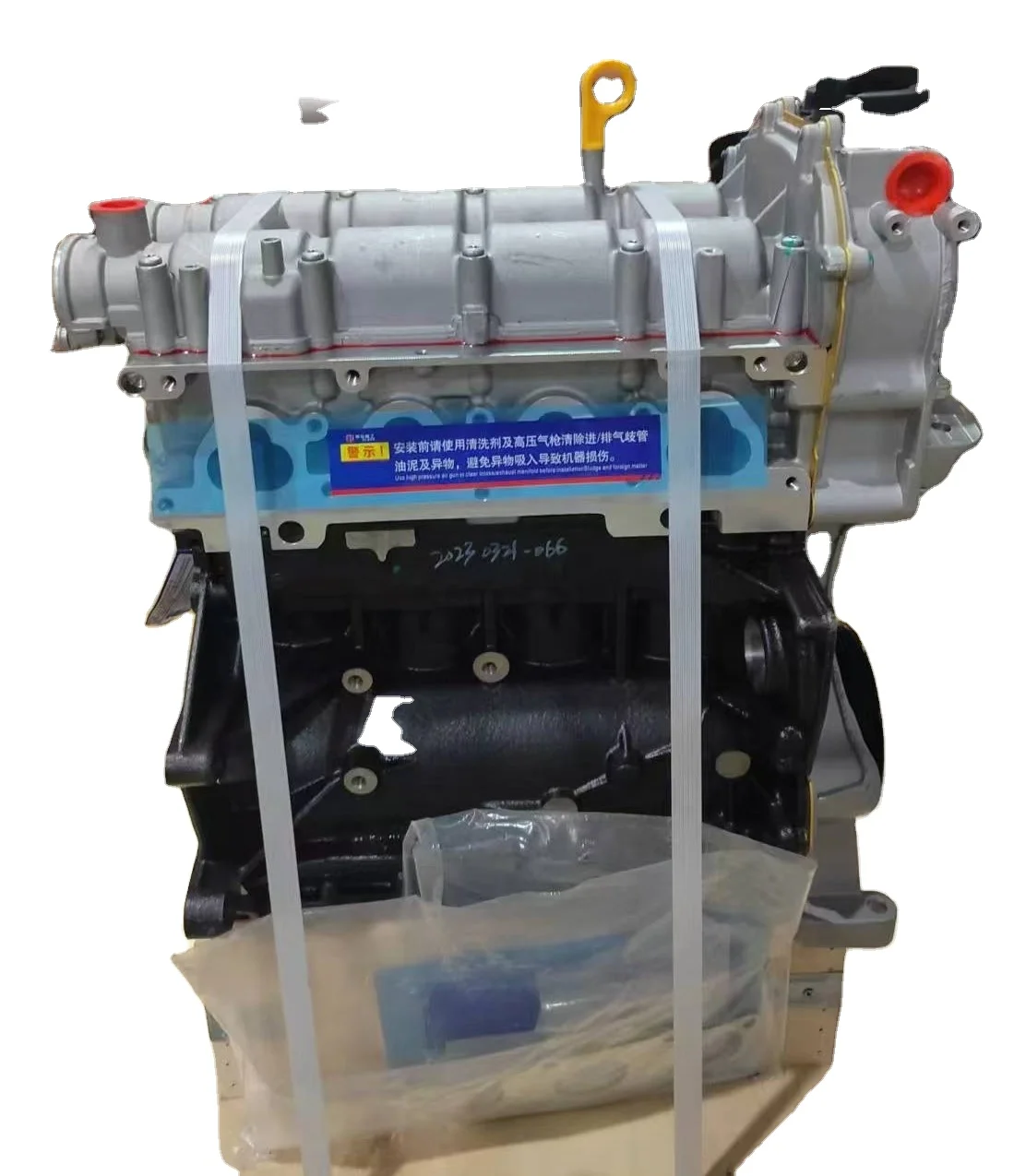Exactly How a Clp Engine Can Boost Performance in Different Industries
The advent of CLP engines marks a considerable change in operational efficiency across different markets, driven by their capacity to optimize fuel consumption and reduce downtime. As companies increasingly prioritize sustainability together with effectiveness, the duty of CLP engines comes to be also extra crucial.
Introduction of CLP Engines
CLP engines, or Constant Liquid Propellant engines, stand for a substantial innovation in propulsion innovation, particularly for area applications. These engines utilize a continual feed system that permits the sustained expulsion of propellant, leading to improved performance and efficiency compared to typical strong or hybrid propulsion systems. By maintaining a continuous circulation of liquid propellant, CLP engines can achieve extra exact thrust control, which is critical for navigating spacecraft in various goal situations.
The design of CLP engines incorporates advanced products and innovative gas management systems. clp engine. This causes decreased weight and increased dependability, important variables for long-duration area goals. The constant procedure minimizes the danger of burning instability, a typical obstacle in conventional rocket engines.

Advantages in Production
The manufacturing of Continuous Liquid Propellant (CLP) engines offers several significant advantages that enhance both performance and cost-effectiveness. One of the main advantages is the streamlined production procedure, which minimizes the complexity connected with conventional propulsion systems. By utilizing fluid propellant, suppliers can attain higher precision in engine performance, bring about maximized energy output and lowered waste.
In addition, CLP engines help with a higher level of modularity, permitting easier assimilation right into various production lines. This versatility can considerably lower preparations and enhance total operational flexibility. The usage of CLP innovation additionally has a tendency to minimize the demand for comprehensive maintenance because of fewer relocating parts, which equates into minimized downtime and operational expenses.

Applications in Logistics
Leveraging Continual Fluid Propellant (CLP) engines in logistics supplies substantial benefits in functional effectiveness and dependability. These engines supply a durable option for different transport requirements, allowing the seamless activity of items throughout huge distances. The fundamental visit this website style of CLP engines enables consistent power output, which converts right into smoother and a lot more predictable transportation timetables.
Among the crucial applications of CLP engines in logistics is in heavy-duty products transportation, where they can drive both ground and airborne cars. Their ability to maintain high performance under varying tons conditions ensures that distribution timelines are satisfied, thus enhancing consumer contentment. Furthermore, CLP engines can be integrated right into automated logistics systems, assisting in real-time tracking and optimizing course planning.
Moreover, the resilience of CLP engines lowers maintenance downtime, allowing logistics business to maximize their functional abilities. This is specifically helpful in warehousing operations, where performance in dealing with and transporting items is crucial. As logistics remains to develop, the integration of CLP engines stands for a forward-thinking method that not only enhances performance yet also sustains the industry's expanding demands for reliability and speed.
Impact on Power Efficiency
Exactly How do Constant Liquid Propellant (CLP) engines improve energy effectiveness in transport? CLP engines use a regular circulation of fluid gas, optimizing burning processes and maintaining a secure thrust outcome. This layout minimizes energy losses linked with traditional combustion engines, where gas distribution can vary and result in inadequacies.
The continual operation of CLP engines enables for a much more reliable thermal cycle, causing higher particular impulse compared to traditional engines. clp engine. This converts to lowered fuel intake for the very same quantity of job done, substantially decreasing functional prices throughout numerous transportation sectors, including air travel and maritime markets
Additionally, the capacity of CLP engines to keep optimum efficiency under differing lots problems lowers the demand for frequent acceleration and slowdown, further enhancing fuel performance. Boosted power performance not only contributes to cost financial savings yet also leads to find more lower greenhouse gas emissions, aligning with international sustainability objectives.
Future Trends and Innovations
Arising improvements in Continual Fluid Propellant (CLP) engine modern technology assurance to reinvent the landscape of transport effectiveness and sustainability. As markets pivot toward greener choices, CLP engines stand at the center, incorporating ingenious materials and design techniques that improve efficiency while lessening environmental he has a good point impact.
Among the most promising fads is the fostering of hybrid systems that combine CLP engines with eco-friendly power sources. This synergy can maximize gas consumption and decrease exhausts, straightening with worldwide sustainability goals. Advancements in computational liquid dynamics (CFD) are promoting the style of even more aerodynamically effective engines, leading to reduced drag and enhanced fuel effectiveness.
Furthermore, the growth of smart surveillance systems is readied to boost operational performances. These systems leverage information analytics and IoT innovation to maximize engine performance in real-time, making certain that the engines operate within their most reliable parameters.
As study remains to discover alternative propellant formulas-- such as biofuels and artificial fuels-- the future of CLP engines looks encouraging. By harnessing these advancements, sectors can not only enhance their performance however additionally add significantly to a cleaner, a lot more lasting future in transportation.
Verdict
In final thought, CLP engines represent a considerable development in effectiveness across multiple industries. The assimilation of innovative products and fewer moving components decreases upkeep demands, while positioning with sustainability goals positions CLP engines as a crucial modern technology for the future.